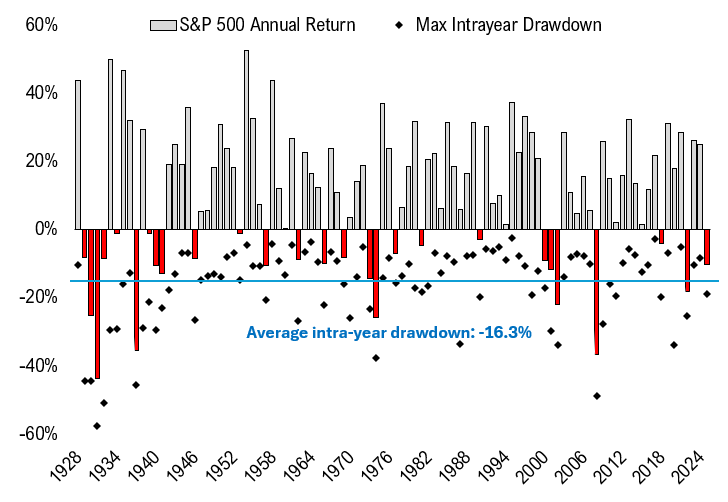Buying stocks is easy.
You might purchase a stock because it’s going down and feel like it represents a wonderful buying opportunity. Or maybe you buy a stock that’s already going up in the hopes that it will continue to go up even more.
There is always a good reason to buy.
Selling is a little trickier.
Sometimes you sell when stocks are up because you think they cannot possibly go up any further. No one ever went broke taking a profit, right? You don’t want to kick yourself for getting too greedy. Or sometimes you sell when stocks start going down because you’re worried they could fall even further.
Selling can lead to some regret if you get out of a position too early or don’t sell before a crash but you can always justify your sell discipline.
Holding is the hardest part because it combines all the feelings and potential regrets that can arise from both buying and selling. Howard Marks once wrote, “It’s not the things you buy and sell that make you money; it’s the things you hold.”
Buying is the easy part of buy-and-hold. Anyone can buy-and-hope. It’s the hold part that’s hard.
It was easy to hold onto stocks in 2023 and 2024, as the U.S. equity markets rose 26% and 24% in back-to-back years.
This year is much harder. Volatility is up. Uncertainty rises by the day. Confidence is shaken.
Legendary golfer Ben Hogan once said, “A good round of golf is when you can hit three shots that turn out exactly like you envision them before you swing the club.”
That’s generally the case with investing too. Things never work out exactly like you envision.
No one envisioned 2025 to look like this coming into the year. Investors didn’t sign up for a world trade war but you play the ball where it lies.
This is the time when holding on becomes unbearable for certain investors. The noise is cranked up. People are worried. A little bit of panic is setting in. These are the types of market environments where you question your strongly held investment beliefs.
I don’t know what’s going to happen but I do know that abandoning your investment philosophy is not going to help matters.
The investment strategy you choose to implement has much less bearing on your performance than actually sticking to a long-term plan no matter what happens in the market.
When all else fails, I like to abide by Warren Buffett’s Fourth Law of Motion:
Long ago, Sir Isaac Newton gave us three laws of motion, which were the work of genius. But Sir Isaac’s talents didn’t extend to investing: He lost a bundle in the South Sea Bubble, explaining later, “I can calculate the movement of the stars, but not the madness of men.” If he had not been traumatized by this loss, Sir Isaac might well have gone on to discover the Fourth Law of Motion: For investors as a whole, returns decrease as motion increases.
I am always a proponent of the idea that less is more, but even more so during turbulent markets. The best risk control you have right now is knowing what you own and why you own it.
It’s much more difficult to stick with a complex strategy because it’s harder to understand. You can more easily lean into the pain when you know what you’re buying, holding and why.
Here’s what we know when it comes to investing in stocks:
- We know that stocks are the best asset class for generating long-term returns that exceed inflation.
- We know that stocks occasionally exhibit bone-crushing volatility.
- We know that, on average, stocks fall by 5% roughly two to three times per year.
- We know that, on average, stocks fall by 10% roughly once every year or two.
- We know that, on average, stocks fall by 20% or more roughly once every 4 to 5 years.
None of that has changed.
The average intra-year drawdown for the S&P 500 going back to 1928 is -16.3%:

This year (so far), we’ve seen a decrease of -19%. That’s not fun but it’s also not out of the realm of what you should expect to see on occasion.
Risk in the markets is ever-present. The only thing that changes is your perception of risk.
That perception is what makes it hard to hold during periods of uncertainty like this.
You don’t get the reward without taking the risk.
Further Reading:
Investing in an Uncertain World
